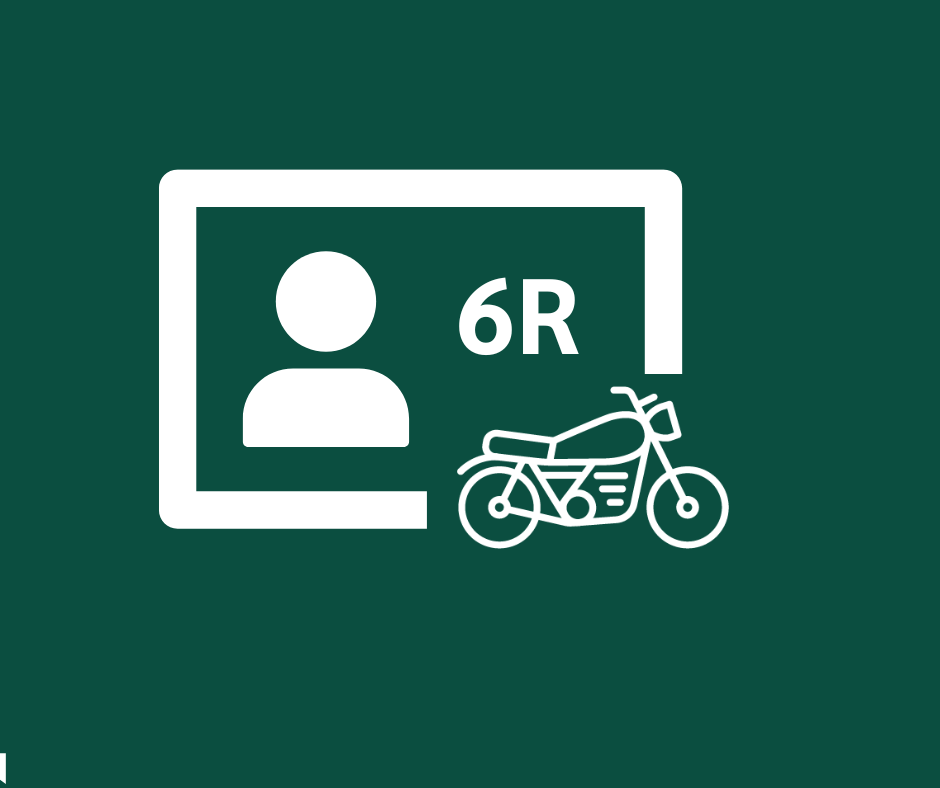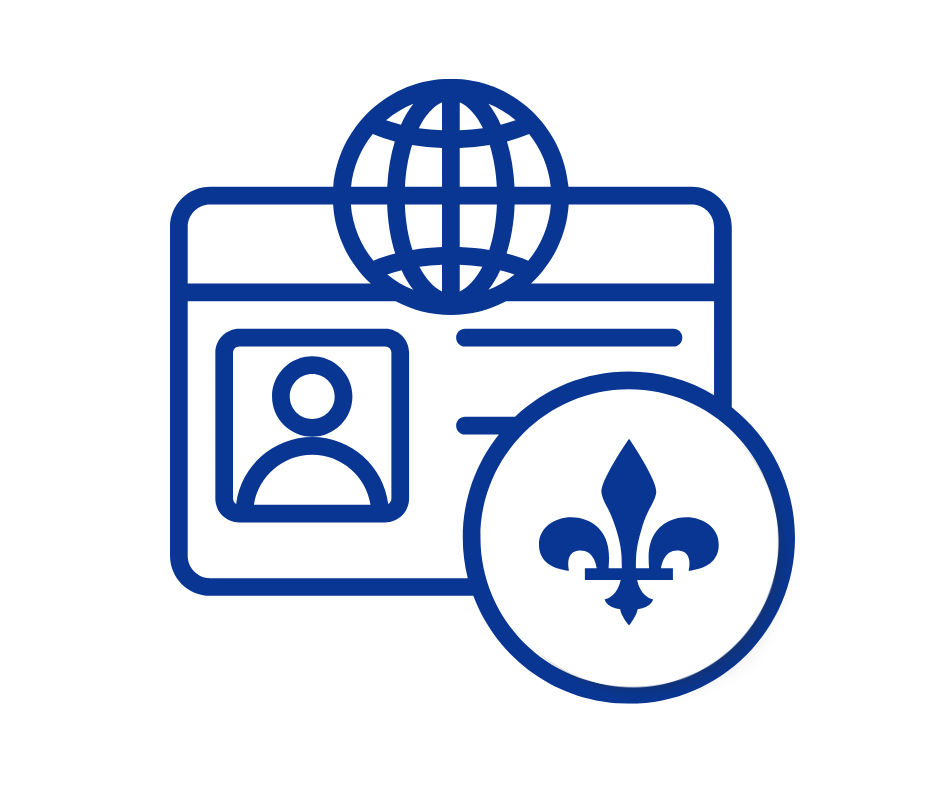Night driving presents a lot of challenges for both beginners and experienced drivers.
Precautions must be taken to address all the risk factors and make the road a safe place for all.
Night Driving and Visibility
As you probably know, our eyes are not designed for night vision . The cones responsible for colour perception don’t work properly in the dark. Rods take over, but in black and white only, resulting in the following effects:
- Visual field loss
- Reduced visual acuity and colour contrasts
- Headlight glare
- Difficulty to judge distances
Beware of High Beam Glare
The first precaution to keep in mind to make night driving easier is the proper use of high (with a range of up to 150 meters of illumination) and low beams (range of 45 to 75 meters of illumination). By law, you must switch from high to low beams when…
- 150 meters away from any car coming in your direction
- 150 meters away from any car that you are following
- When the streetlights provide sufficient lighting
Failure to comply could result in a fine of 60 to $100, plus expenses. To avoid being blinded yourself, take the following precautions:
- Look at the right line on the road when a car with high beams on is coming in your direction.
- Slow down if you are blinded by another car’s headlights.
- Adjust your rearview mirror for nighttime vision
- If you’re driving on a dark road, dim the lights on your dashboard to go easier on your eyes.
- Take precautionary steps: Get anti-reflecting coating for your eyeglasses and take good care of your windshield and headlights .
Slow Down and Increase Your Following Distance
Since we are not well adapted to the dark, never forget that it makes colour contrast difficult, dulls our sense of dimensions and makes it difficult to judge distances. Driving at night is not like driving during the day.
- Increase the trailing distance between you and the vehicle ahead: You need at least 5 seconds to react safely if the vehicle you follow brakes abruptly.
- Don’t drive near the curb to avoid falling into a ditch or hitting hard-to-see objects or pedestrians.
- Always respect continuous lines and, above all, never overtake a vehicle in case of doubt. There is a good chance that the cars around you are closer than they seem.
- Stay on the lookout for wild animals. They are more active at night and can be present in areas where there are no signs to warn drivers of their presence.
Don’t Fall Asleep at the Wheel
Drowsiness is a serious threat to your security. Not only do we associate nighttime to sleep, but the level of awareness required for night driving is likely to tire the driver.
- Sit straight
- Keep the temperature comfortable – not too cold, not too hot.
- If you notice signs that you are feeling asleep, such as heavy eyelids or yawning repeatedly, drive to a rest stop and take a nap.
- Take breaks every two hours to stretch your legs.
- Ask someone to tag along if you must drive a long distance at night.
Night driving requires more caution than in daylight, but with great vigilance, you will certainly make it to your destination. Do not forget that you are your best ally!


